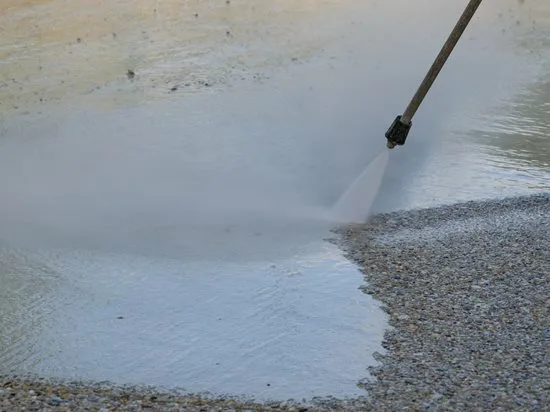Surface retarders are specialised construction chemicals used to slow down the setting of the top layer of freshly poured concrete. They keep the top layer soft while the rest of the concrete hardens as normal, making it easier to finish the surface and achieve the desired texture. The main importance of surface retarders is that they help ensure a smooth, high-quality finish while preventing premature setting, which could lead to surface defects or cracks.
Surface retarders are used in various construction areas, including:
- Roads and Sidewalks
- Building Facades
- Precast Concrete
- Bridge Decks
- Staircases and Walkways
- Retaining Walls
- Industrial Flooring
Advantages of surface retarders:
- Prevents premature setting of concrete surfaces.
- Improves surface texture for decorative finishes.
- Allows for exposed aggregate finishes in concrete.
- Reduces surface cracking by controlling hydration rates.
- Enhances bonding with subsequent concrete layers or coatings.
- Ensures uniform finish across large concrete pours.
- Easy to apply and control during construction.
- Reduces laitance formation, leading to smoother surfaces.
- Improves workability of concrete for better finishing.
- Minimises surface damage during finishing operations.
- Facilitates easier cleaning of surfaces by reducing residue build-up.
- Increases resistance to wear and tear on exposed concrete surfaces.
- Offers versatility for a range of decorative concrete finishes.
Types of surface retarders
Water-Based Surface Retarders
Water-based surface retarders are eco-friendly solutions commonly used in residential and public construction projects. Their primary advantage lies in their non-toxic nature, making them safe for both the environment and human health. These retarders are simple to apply and clean, making them a preferred choice for areas where sustainability is a concern. They typically work well in a variety of climates, though extremely high temperatures may affect their performance. Water-based retarders are most commonly used in decorative pavements, building facades, and other concrete applications where a smooth, textured finish is desired without compromising the environment.
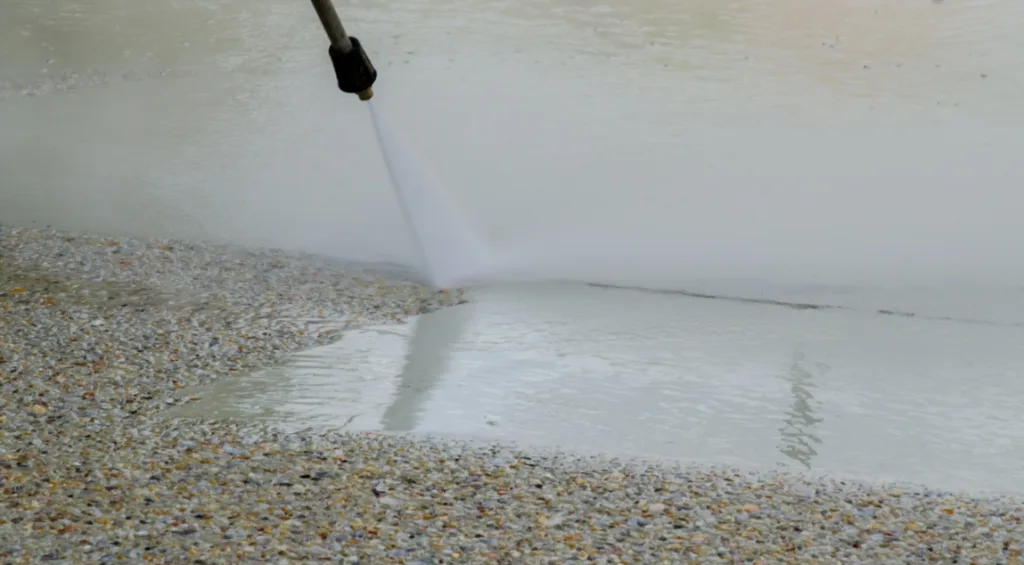
Solvent-Based Surface Retarders
Solvent-based surface retarders are known for their efficiency and high performance, making them suitable for large-scale commercial and industrial applications. These products are particularly advantageous when deep aggregate exposure and superior durability are needed. Their fast-drying time helps speed up the process, ensuring that concrete can be finished quickly without sacrificing the quality of the final result. However, solvent-based retarders contain solvents that can be hazardous, requiring careful application and safety precautions. These retarders are typically used in large infrastructure projects such as highways, parking lots, and bridge decks, where long-lasting, durable finishes are essential.
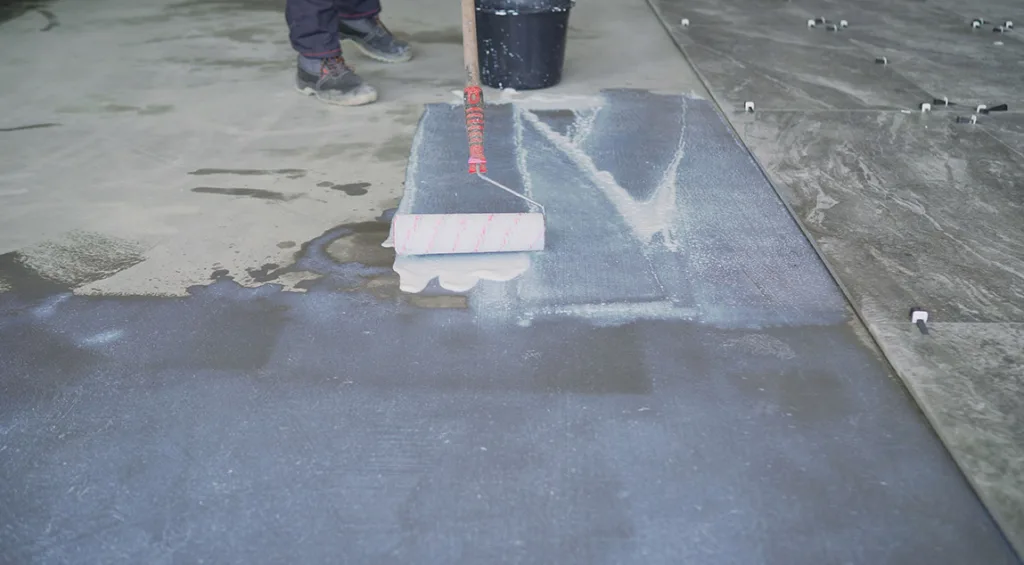
Bio-Based Surface Retarders
Bio-based surface retarders are an environmentally friendly alternative, made from renewable natural resources. They are biodegradable and offer a safe solution for eco-conscious construction projects. Their major advantage is their low environmental footprint, making them ideal for projects aiming for sustainability certifications. While these retarders may not always match the performance levels of synthetic versions, they provide a safe and green option for concrete surface treatment. These retarders are typically used in residential buildings and other construction projects focused on reducing environmental impact.
High-Strength Surface Retarders
High-strength surface retarders are designed for use in demanding environments, where durability and long-lasting performance are required. These retarders provide deeper and more robust aggregate exposure, ensuring a surface that can withstand high traffic and harsh conditions. Their primary advantage is their ability to handle tough environments, making them ideal for high-traffic areas or industrial flooring. While these retarders require more meticulous application, their ability to deliver superior results in terms of longevity makes them invaluable in infrastructure projects. Common applications include roads, industrial flooring, and bridge decks.
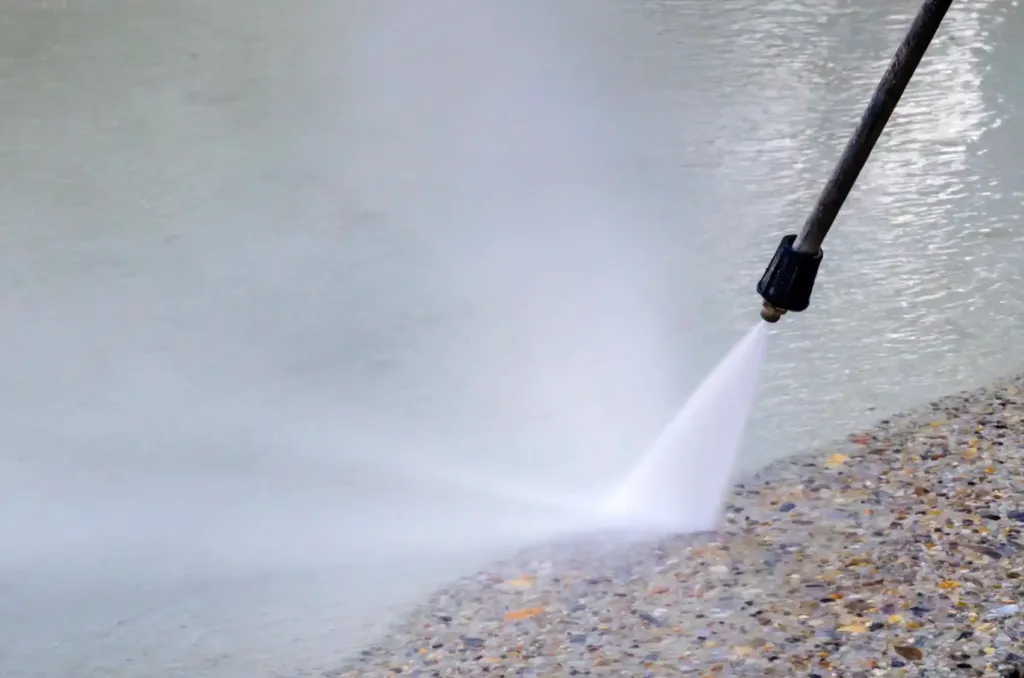
Low-Viscosity Surface Retarders
Low-viscosity surface retarders are characterized by their thin consistency, allowing them to penetrate deeper into the concrete surface for uniform aggregate exposure. This makes them ideal for achieving consistent, fine-detail work on decorative surfaces. Their primary advantage is the ability to provide even coverage, especially in projects that require intricate designs or a detailed finish. These retarders allow for easy application and deep penetration, ensuring a smooth, attractive surface with consistent results. They are commonly used in custom pavements, facades, and architectural elements, where the exposed aggregates need to be uniform and deep.
Sprayable Surface Retarders
Sprayable surface retarders offer a quick and efficient method of application, making them ideal for large-scale concrete projects. These products are designed to be applied with spray systems, providing even coverage across expansive surfaces. The advantage of sprayable retarders lies in their ability to cover large areas quickly, saving both time and labour costs. However, the key to achieving consistent results with sprayable retarders is precise application, as uneven spraying can lead to inconsistent surface finishes. Sprayable surface retarders are widely used in roadways, parking lots, and large building facades, where a uniform texture is required over extensive areas.
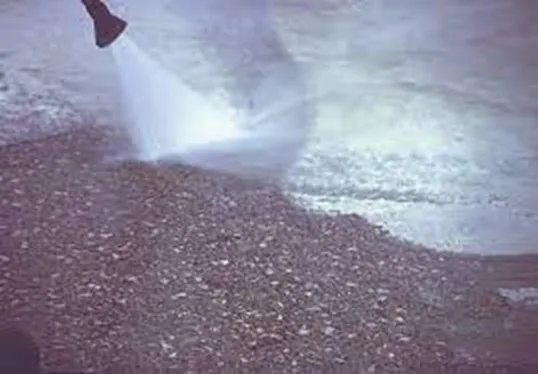
Gel-Based Surface Retarders
Gel-based surface retarders are known for their precision and control in application, especially on vertical or intricate surfaces. The thick gel consistency prevents runoff, allowing for targeted application on specific areas. This type of retarder is advantageous in situations where detailed or vertical concrete features need to be treated with minimal waste and maximum accuracy. Gel-based retarders offer longer working times compared to other types, making them suitable for complex, time-intensive applications. These products are typically used on decorative elements like columns, retaining walls, and other detailed architectural features.

Colour-Staining Surface Retarders
Colour-staining surface retarders offer the dual benefit of not only exposing aggregates but also adding colour to the concrete surface. This makes them an excellent choice for projects where both aesthetic appeal and functionality are desired. By adding pigments into the retarder, these products allow for a wide range of colour options, enhancing the visual appeal of the concrete. While they tend to be more expensive than other types of retarders, their ability to create custom-coloured finishes makes them ideal for decorative projects. Colour-staining surface retarders are commonly used in landscaping, urban design, and architectural projects, where both a unique colour palette and exposed aggregates are desired.
Selecting the right surfacer retarder for your project
To select the right surface retarder for your project, consider the following:
- Ensure compatibility with the concrete mix and curing requirements.
- Choose based on the finish you need, like exposed aggregate or smooth.
- Consider temperature, humidity, and weather conditions.
- Ensure the retarder allows sufficient time for finishing without affecting curing.
- Consider the scale of your project to determine application methods.
Conclusion
Surface retarder plays an important role in improving the durability and performance of concrete across various applications. As industries continue to demand higher quality and sustainability, the adoption of advanced surface retarders will be essential to meet the growing needs of construction, landscaping, and infrastructure projects
